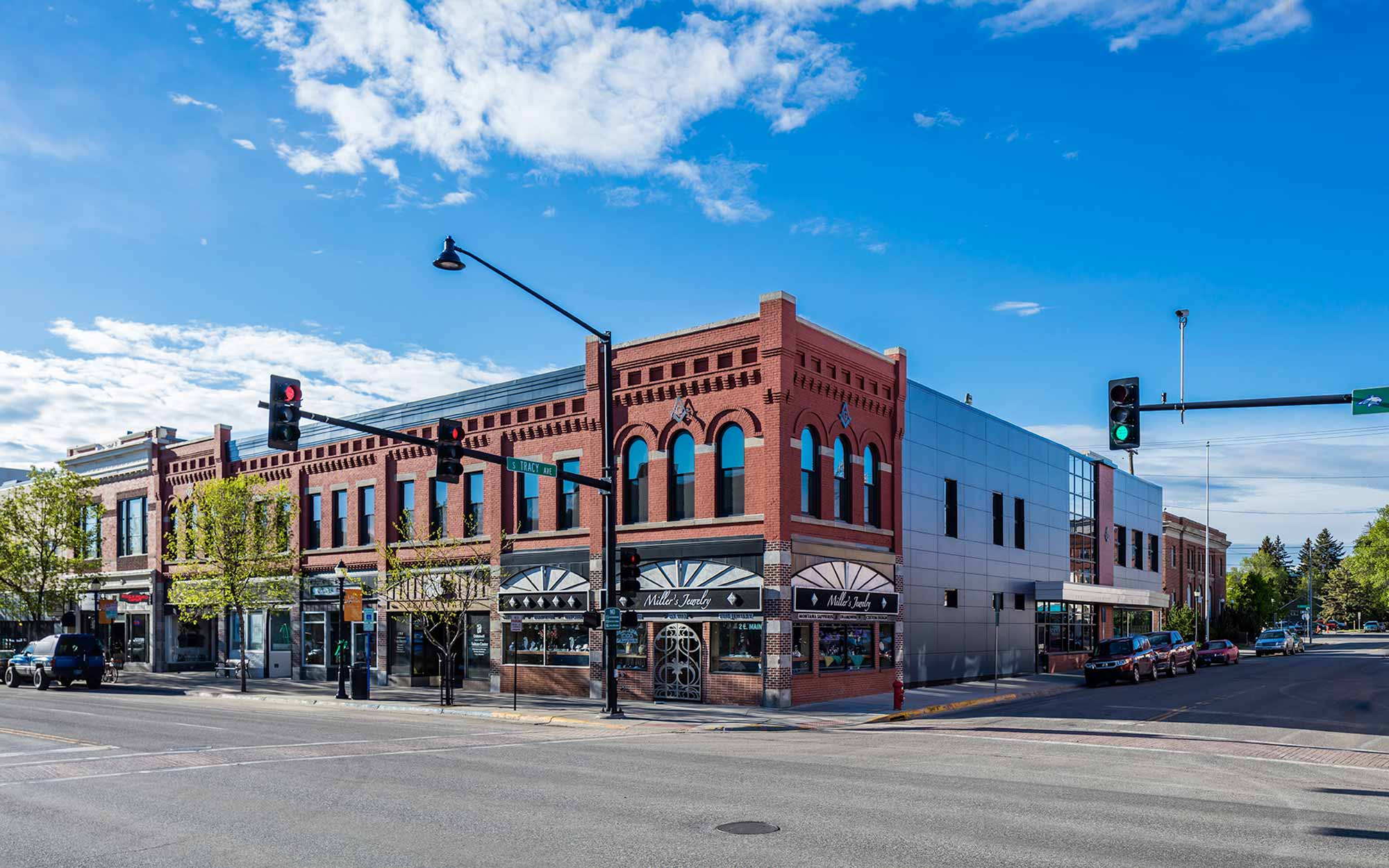
As the world begins to emerge from the COVID-19 pandemic, architects are taking a closer look at the built environment and considering ways to make it better and more sustainable. One trend that has emerged in recent months is a renewed focus on building restoration over replacement.
Why Are More Architects Choosing Restoration?
There are several reasons why architects are choosing restoration over replacement in the post-pandemic era. One of the most important is sustainability. Building restoration allows for retaining original materials and character, which can reduce the environmental impact of new construction. Integrating sustainable practices is essential as architects seek ways to minimize their carbon footprint and create more sustainable buildings.
Another reason why architects are choosing restoration over replacement is cost. Restoration can often be less expensive than replacement, especially if a building has historical or architectural significance. The premise holds especially true when it comes to older buildings that are part of the cultural heritage of a community. In addition to being more cost-effective, restoration can also help to preserve the cultural and historical significance of a building, which is a vital consideration in today's world.

Cultural Preservation Aspects
Along with cost and sustainability, cultural preservation is another reason architects choose restoration over replacement. Many architects are motivated to preserve the cultural heritage of their communities and restore the buildings that define them. Safeguarding culture helps to strengthen the connection between a community and its history and sense of place.
According to Architectural Digest, placemaking creates places for human connection. It is an essential element as people look for ways to reconnect with their communities and build a sense of belonging after the long isolation and social distancing of the pandemic era.

Character Meets Progress
Lastly, people are paying more attention to their living and working spaces in the post-pandemic era. And restoration allows for upgrading facilities and amenities while preserving the building's original character. Many buildings not designed for today's way of living can now be retrofitted to meet modern needs while preserving their history.
All these reasons contribute to the growing trend of restoration over replacement. And as architects continue to find ways to create sustainable and cost-effective buildings that meet the needs of communities, this trend will likely continue.
Is Restoration Always the Best Option?
It is important to note that every project and building has unique circumstances and challenges, and sometimes restoration may not be the best option. However, by considering the cost, sustainability, cultural preservation, and community ties, architects can decide whether restoration or replacement is the best course of action.
Restoration over replacement is becoming an increasingly popular option among architects in the post-pandemic era. It offers a more sustainable, cost-effective, and culturally sensitive way to upgrade buildings while preserving their original character and history. Restoring our built environment is more important than ever as we continue to adapt to the new normal.
Want to Explore if Restoration is Right For Your Project?
SaniGLAZE has built our reputation over the years as tile and surface restoration experts. Our technicians are some of the best in the business and can make unsightly and unsanitary high-traffic areas look and perform like new again. Schedule an appointment today to go over the details of your project and see if restoration would be an economically viable alternative to replacement.

